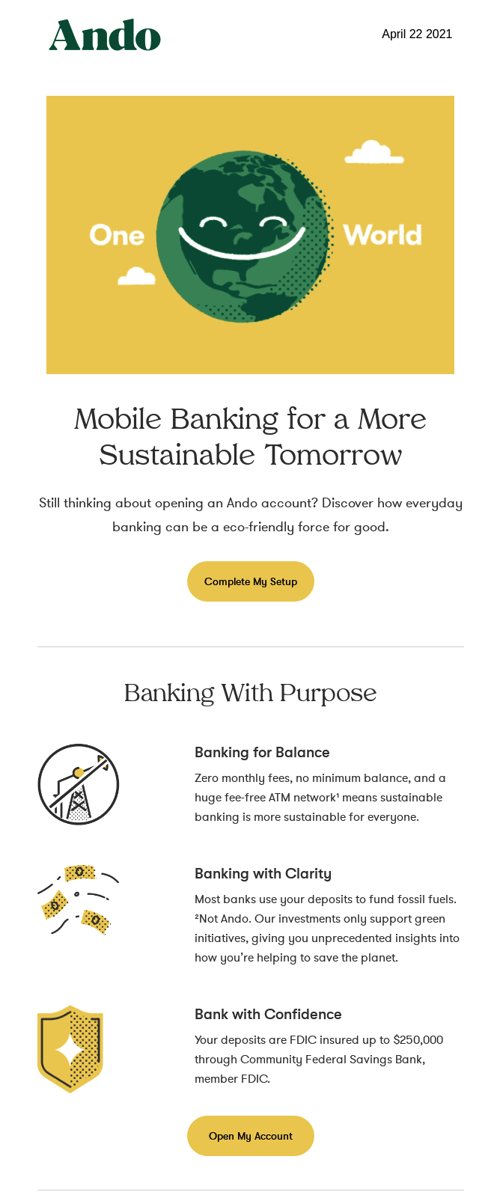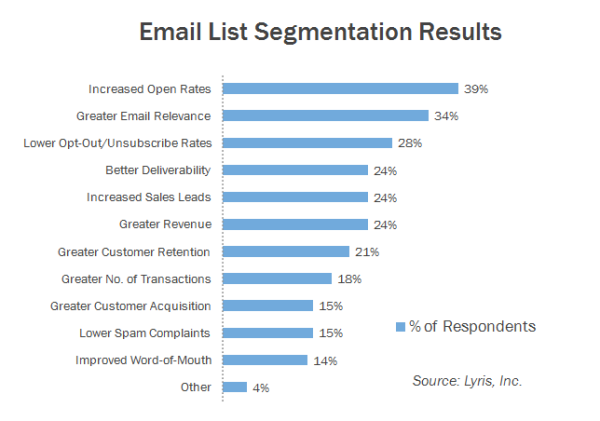"Dear valued customer, we value our valuable customers, like you, valued customer with all your...customer-based value. Here's 0.5% of your next purchase over £500, just for you, our valued customer."
There's nothing like a grovelling, un-personalised email to really make a gal feel appreciated.

So, how do you avoid wasting your email marketing? These e-miracles are the most effective marketing channel hands-down.
For every $1 spent, you can expect a ROI of $51. And with more than 290 billion emails sent daily, that's a lot of potential profit.
Email marketing has changed drastically over the years. But what hasn't changed is the importance of maintaining a data-driven campaign, and maintaining data cleanliness.
Poor data quality affects 40% of leads generated on average, with issues including:
- Missing fields
- Duplicate data
- Inconsistent records
But this article isn't about the negatives. We're all about a glass half full (of beer) here at LXA.
So, without further ado, here are the top three benefits of effective, clean, data-driven email marketing...
1. Data-driven marketing can help you reach the right people
Before anything else, you've got to set out your marketing goals. Got 'em? Okay good, we can move on.
The way you collect and use your data will completely rely on what these goals are - if you want to increase customer retention, you need to collect data on:
- What customers are doing,
- How much they spend, and
- How often do they make a purchase.
If conversion rates are your goal, then you might focus on:
- What info it takes for someone to make that purchase,
- How long they're taking to do so
- What pain points or blockers they may have.
All of this information can be used to inform email campaigns.
It's all about finding customers that don't only convert and purchase now, but are likely to do so in the future, and will encourage the people around them to do the same.
Data can help you find this 'ideal' customer
You might also consider collecting email metrics, to see how your customers are responding to your email marketing. This info will help you construct your promo emails, and see what an effective email looks like for your business, and your business alone.
Markus Beck, writing for Tye, reported on Vero, the social media platform, and how they use data and metrics in their campaigns:
"Vero discovered that their transactional emails have a 42% higher click rate than email newsletters, meaning they put focus on making their email marketing feel more ‘reactionary’. This data helped them shape their promotional emails, by telling them what effective email looked like in their case."
But most importantly, data helps you segment your audience. HubSpot found that segmentation results not only went hand-in-hand with GDPR, but also improved performance:
Segmented lists help you organise your database, which means easier personalised emails. Smart Data Collective found that companies saw a 141% revenue increase when they switched to using data segmentation as part of their email marketing strategy.
Right, so now you've worked hard to find the customers, it's time to use data to retain them, using:
Re-engagement campaigns
89% of respondents to Salesforce's “State of Marketing” report said they believed re-engagement campaigns were somewhat effective, yet only 34% of marketers use them. Ando is an example of a company that does this, and does it well.

With this, Ando has a clear, crisp, easy to read aesthetic and font, but what the email says is more impactful.
Under the image, you'll see the inverted pyramid used well to get the reader to complete their account. They then detail the entire process, and benefits, step by step. Easy peasy.
2. Easy personalisation
74% of marketers say targeted personalisation increases customer engagement, with a 20% increase in sales when using personalised experiences. Now, personalisation in data-driven marketing isn't new, but the tech advancements are.
The 'spray and pray' technique no longer works, instead, you've got to reach the right customers, at the right time in the buyer's journey. Data-driven marketing can help you nail this method, through giving you insight into your prospective customers.
You can then use this data collected to create cross-channel campaigns that are highly personalised, and build trust with your brand. Personalisation also signals that your email is relevant to your audience, and will avoid being seen as spam.
An effective campaign should focus on building a personal connection with the target audience, through addressing them directly. Changing the subject line to feature your customer's name is no longer enough, however.
Instead, you might provide personalised content like:
- Discount codes on products the customer has purchased before
- Free shipping on goods
- Sending news of products customers might want, personalised with their size
- Delivery cost to their address
This should all be based on their age, occupation, and interests. Here's how Resy does it.

3. Data helps you see what works, and what doesn't
Now, you've got to make sure all of this effort is providing results.
Email metrics can identify the people you need to target, but can also identify what makes those people tick after you've targeted them.
The key metrics are the big three rates:
- Open rate
- Click-through rate
- Unsubscribe rate
Also, testing email content and design is vital, so A/B testing should be part of your strategy from the start.
You can also use data to identify goals. Data from previous campaigns can provide baseline measurements for future campaigns, and the goal is to beat those numbers.
The data you collect will help you to identify the strong and weak points of your campaigns. Do you need a stronger subject line to improve open rates? Do you need people to be clicking on stuff, thanks to a whip-sharp CTA? Data can help.
You can also track the big three negative rates with data:
- Unsubscribe rate
- Bounce rate
- Inactive user rate
So while it's good to stay positive, don't neglect the plethora of useful info that data-driven email marketing can provide.
The numbers can signal suboptimal marketing practise, which can help track spam reports and complaints - important actions for keeping your list healthy, happy and clean.

Want your marketing to be as data-driven and informed as it can be? Well, you’ll need our State of Data-Driven Marketing 2023 eBook, downloadable here!

